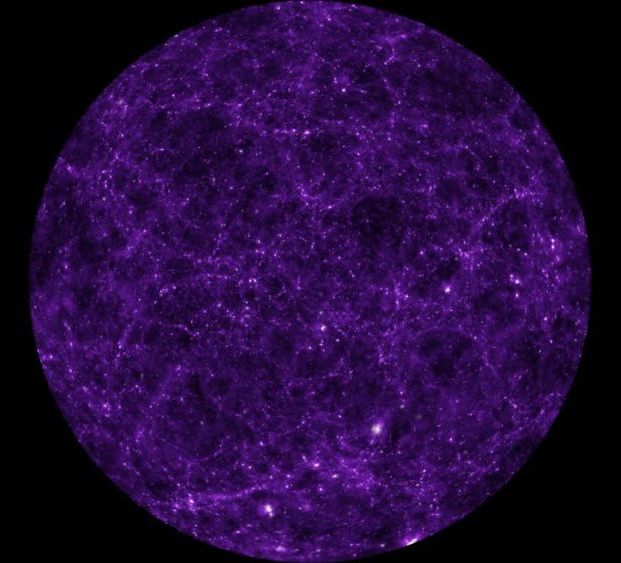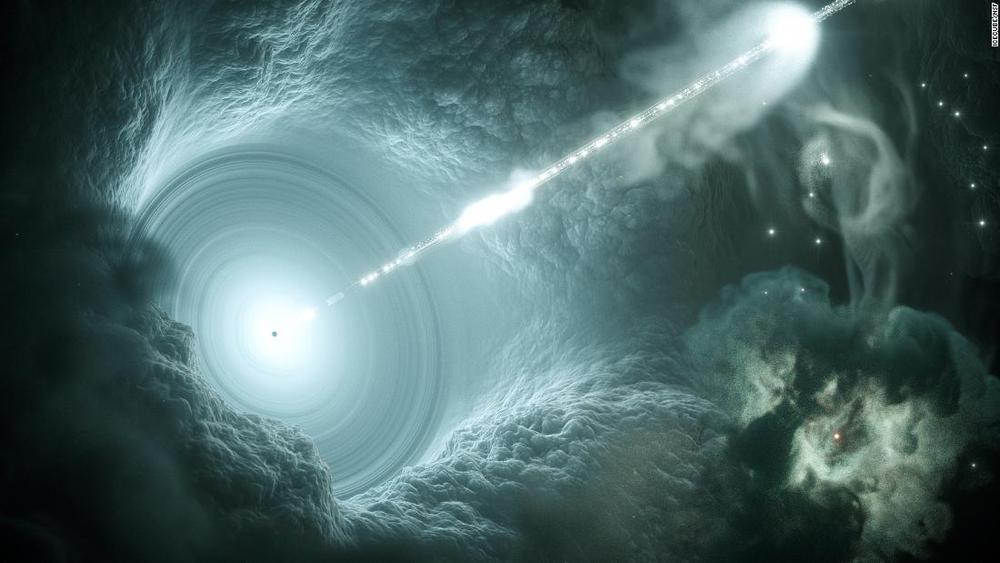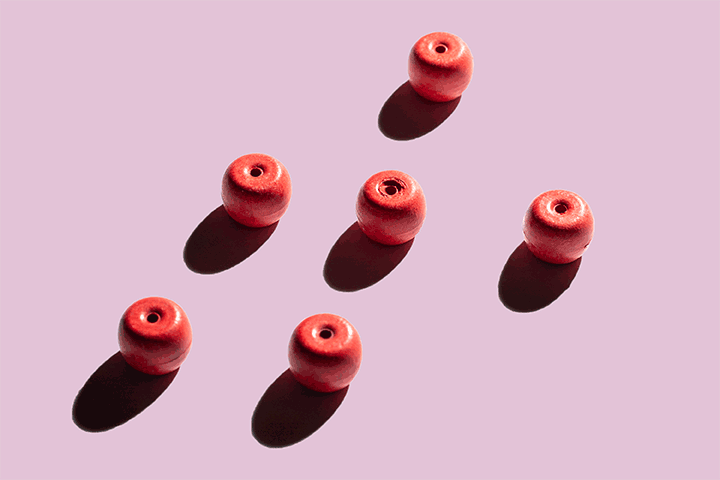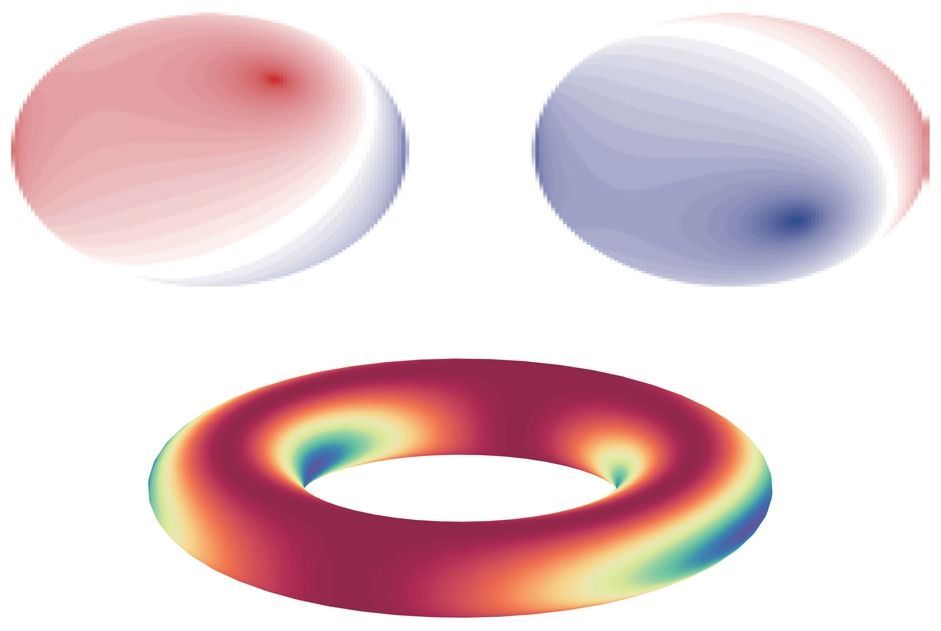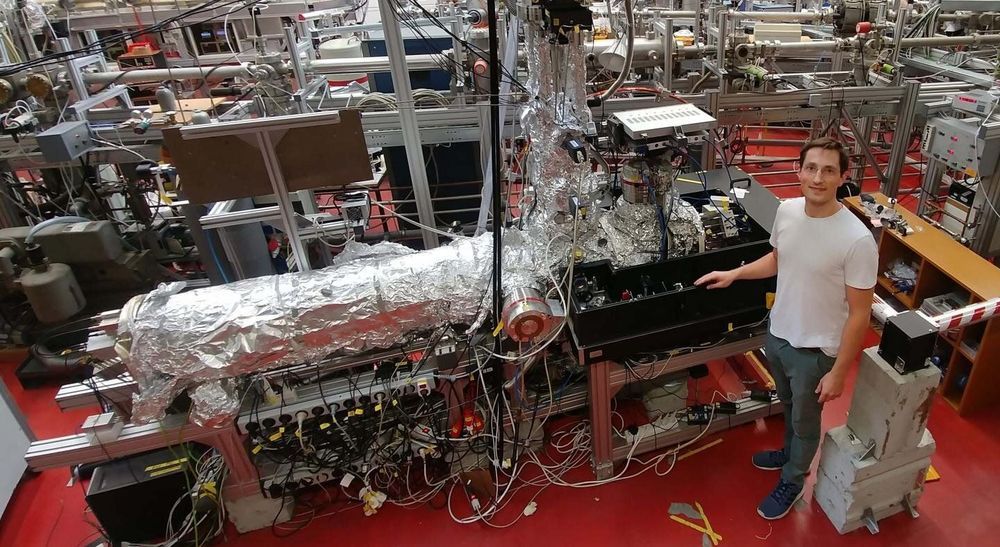Dark matter was likely the starting ingredient for brewing up the very first galaxies in the universe. Shortly after the Big Bang, particles of dark matter would have clumped together in gravitational “halos,” pulling surrounding gas into their cores, which over time cooled and condensed into the first galaxies.
Although dark matter is considered the backbone to the structure of the universe, scientists know very little about its nature, as the particles have so far evaded detection.
Now scientists at MIT, Princeton University, and Cambridge University have found that the early universe, and the very first galaxies, would have looked very different depending on the nature of dark matter. For the first time, the team has simulated what early galaxy formation would have looked like if dark matter were “fuzzy,” rather than cold or warm.

